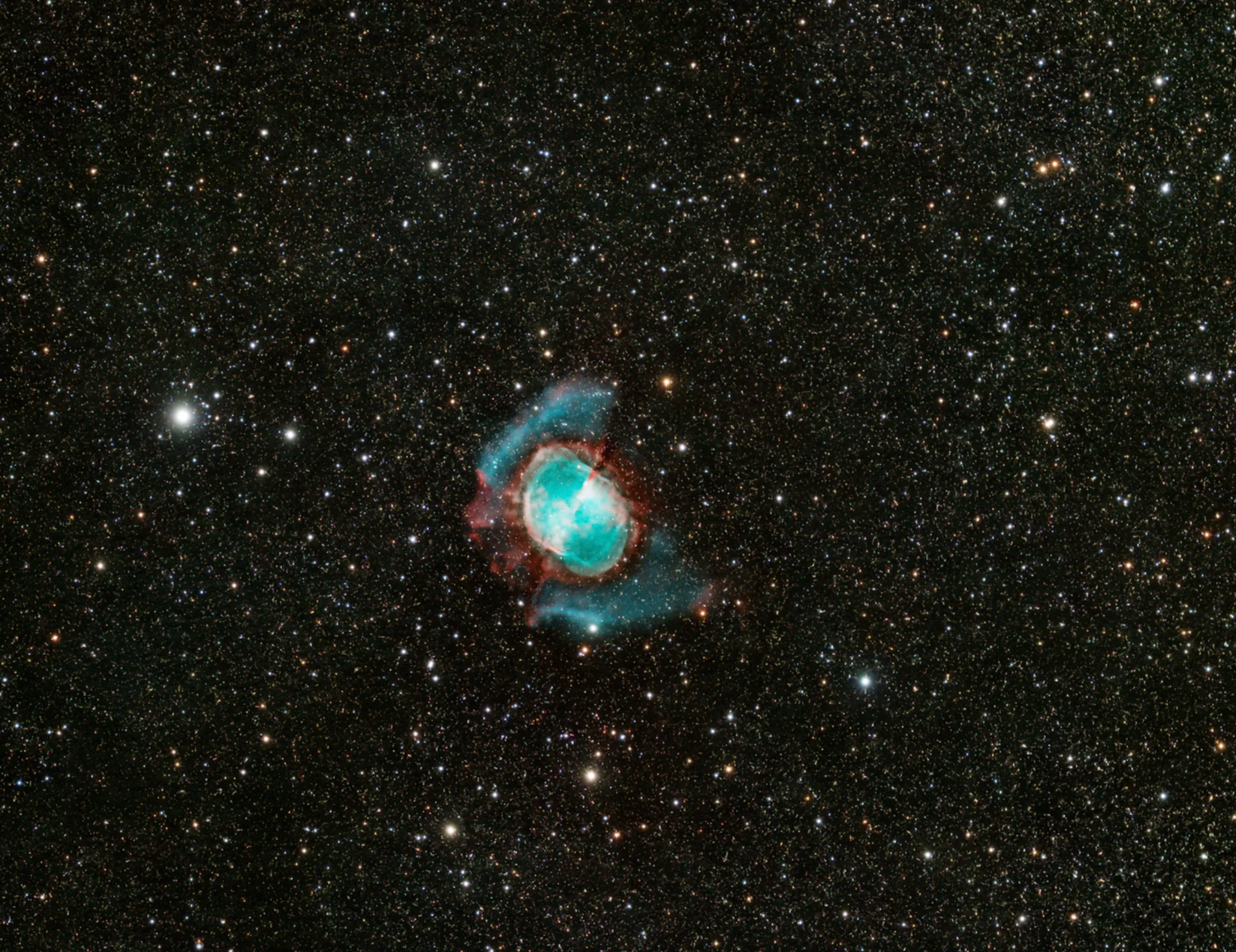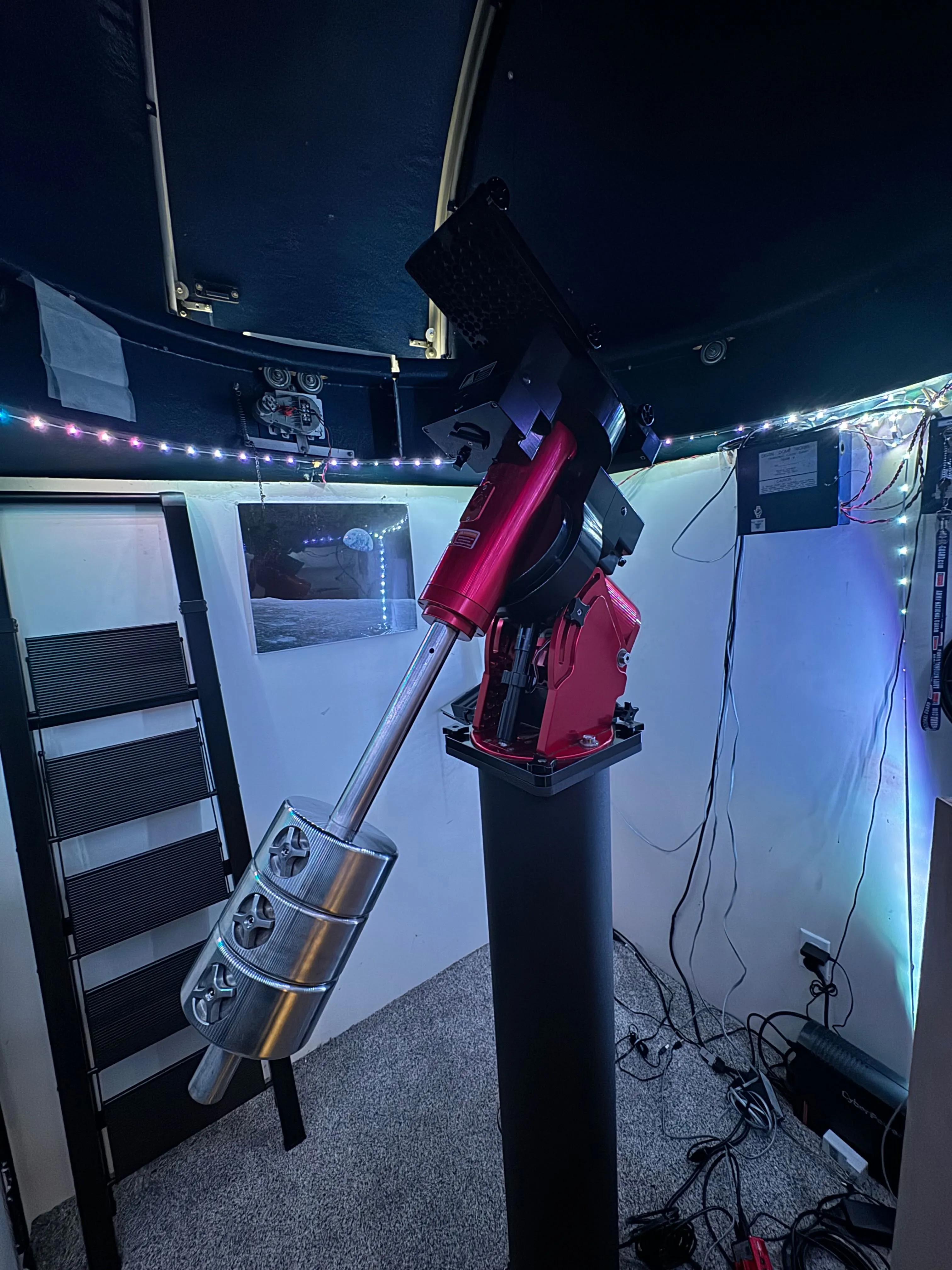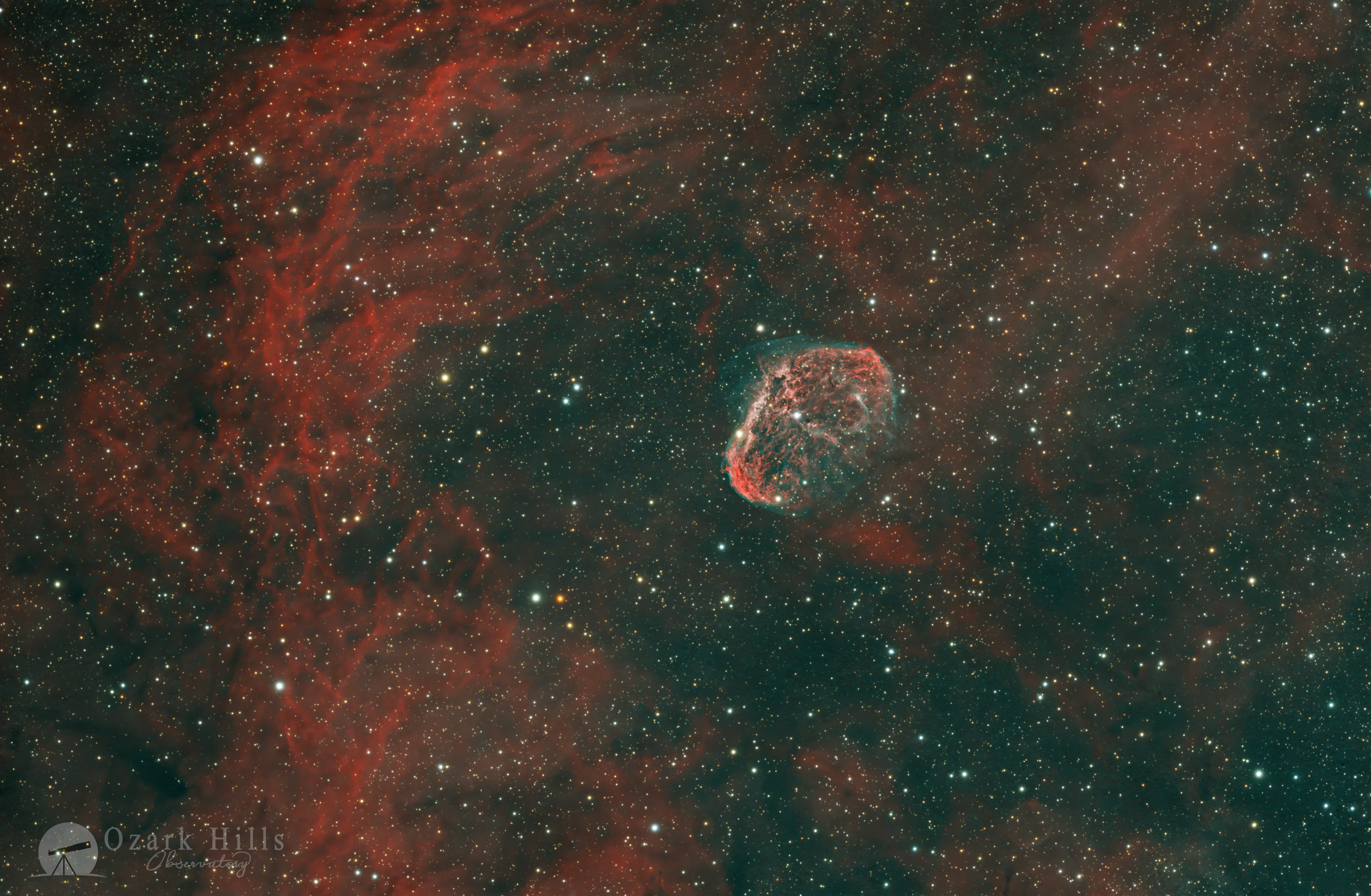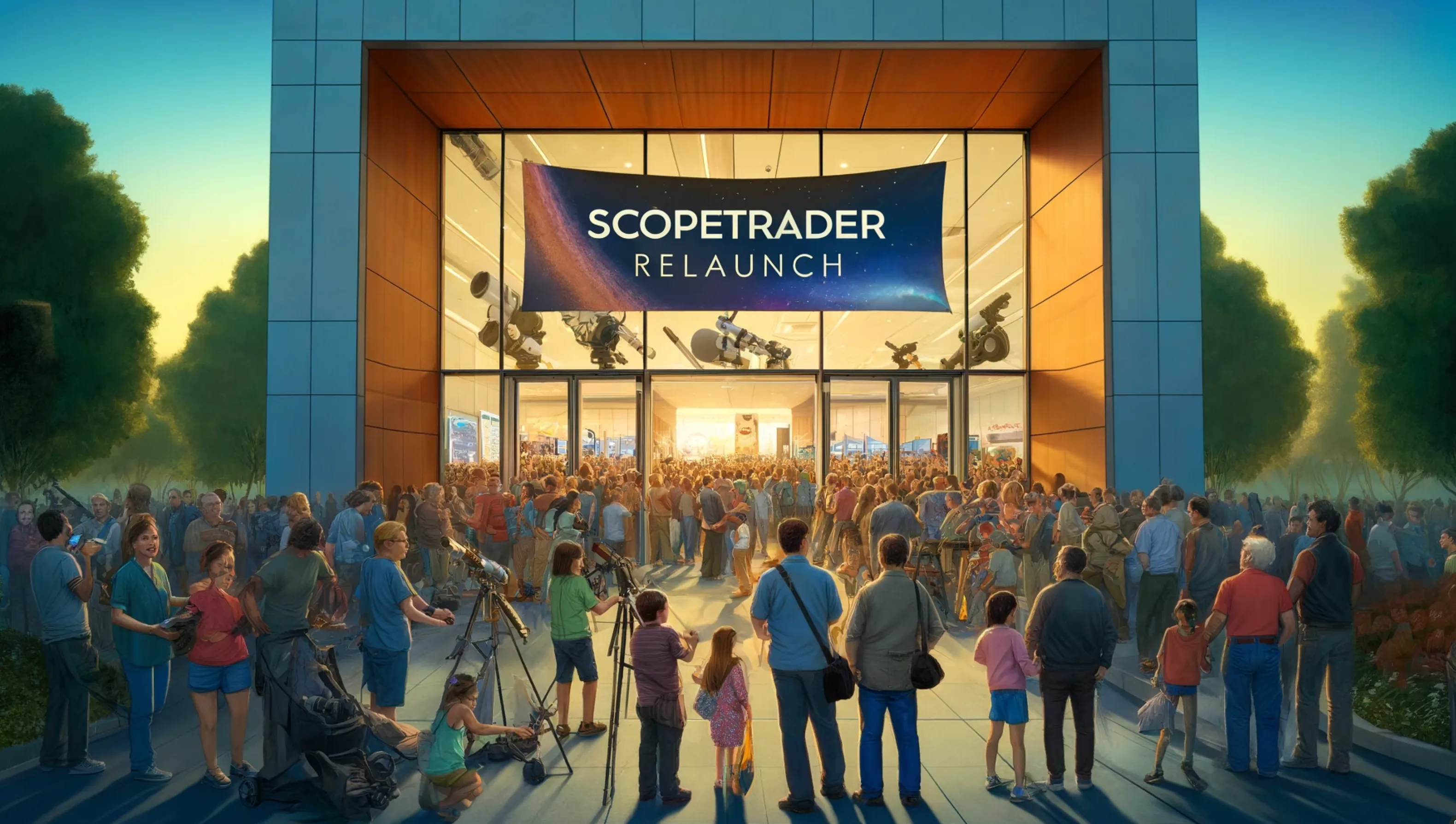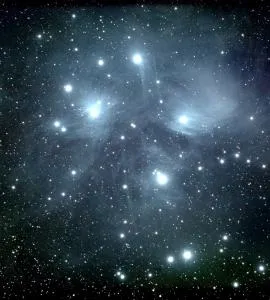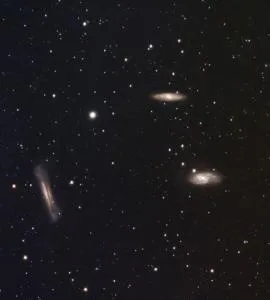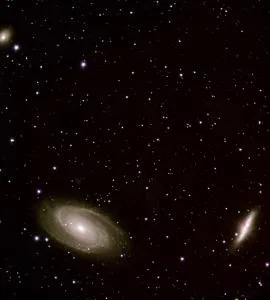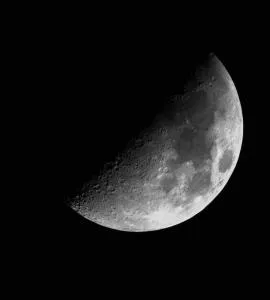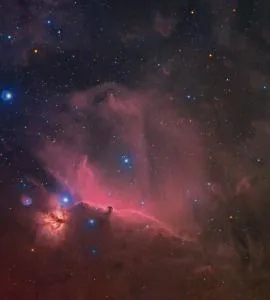A year of deep sky imaging in pictures: 2023 at a glance
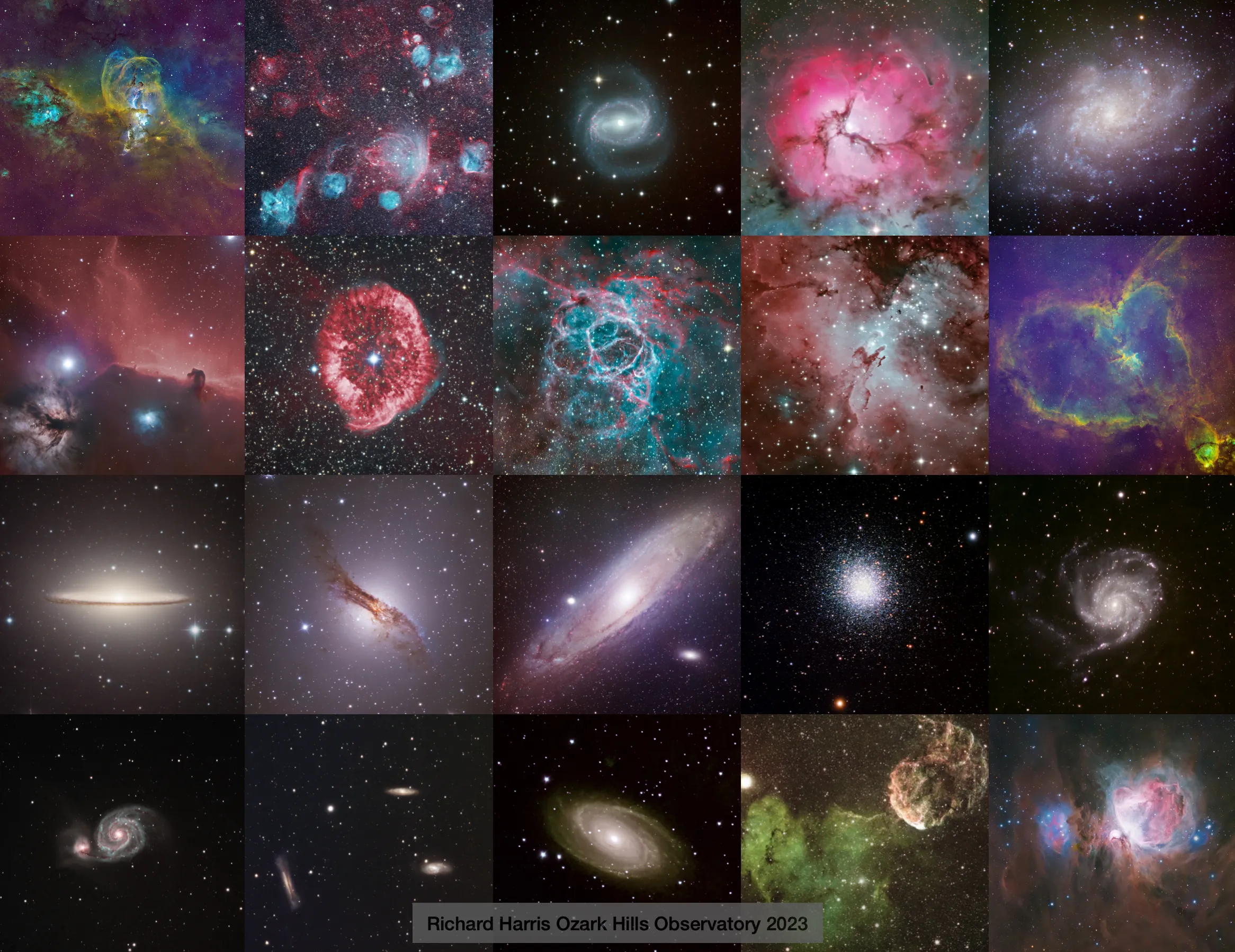
Explore the stunning 2023 astrophotos by Richard Harris at Ozark Hills Observatory, showcasing breathtaking celestial wonders with unparalleled clarity and beauty.
2023 has been an extraordinary year for deep sky imaging, filled with exciting new gear at the observatory and some personal astrophotographic achievements. We journeyed through the cosmos, capturing some of the most awe-inspiring deep sky objects. Let's take a look back at our year, month by month, showcasing the beauty of the universe through our telescopes and cameras.
January: The Great Orion Complex and IC443
We started our year with a bang, capturing the Great Orion Complex and IC443. Utilizing the RedCat 51 telescope and ZWO 6200MM camera, we managed to reveal the intricate details of these celestial marvels, setting a high bar for the months to follow.
February: Majestic M81
In February, our attention turned to the mesmerizing spiral galaxy M81. With the Founder Optics 106 and ZWO 2600MM, we captured the delicate arms of this galaxy, showcasing the deep and intricate beauty of the universe.
March: Leo Triplet of Galaxies
March brought the captivating Leo Triplet of galaxies into view. Using a Meade 70MM 6000 series telescope, we photographed these interacting galaxies, revealing the dynamic nature of the cosmos.
April: The Whirlpool Galaxy (M51) and M101 Galaxy
April was a busy month, with the magnificent Whirlpool Galaxy (M51) gracing the lens of our ES 127mm Carbon fiber refractor. Additionally, we took aim at the M101 galaxy using the FRA 600, capturing another spellbinding spiral galaxy.
May: The Great Globular Cluster M13
May’s highlight was the great globular cluster M13, a tight bundle of stars in the constellation Hercules. The FRA 600 brought this cluster to life, revealing countless stars tightly bound by gravity.
August: The Andromeda Galaxy (M31)
In August, we captured the majestic Andromeda Galaxy (M31) using the FRA 600. This neighboring galaxy, with its spiral arms and bright core, was a sight to behold.
September: Exploring the Cosmos with the CDK24
Our time with the remote CDK24 in September was a journey through diverse celestial objects, offering a broader perspective of the universe’s wonders.
October: A Galaxy and Nebulae Showcase
October was a feast for the eyes with NGC 5128, M104, M16, and WR102, showcasing a variety of deep sky objects. Additionally, we captured the Heart and Fish nebulae using the FRA600, adding to our collection of nebulae images.
November: Chilean Skies
November took us to Chile, where we photographed RCW-58, M20, and NGC 1433. The pristine skies offered a unique vantage point for these southern celestial wonders.
December: The Horsehead and Flame Nebulae, and More
We rounded off the year with more remarkable captures, including the iconic Horsehead and Flame nebulae, and the M33 galaxy, using our TEC 180 telescope. Also, from Chile, we photographed NGC 249 and NGC 3576, adding to our impressive collection.
As we reflect on the year 2023, it's clear that each month brought its own set of challenges and rewards. Our journey through the cosmos has been nothing short of spectacular, providing us with a deeper appreciation of the universe's vast beauty and complexity. We eagerly anticipate what celestial sights 2024 will unveil.
Thank you for joining us on this cosmic journey. Clear skies and happy imaging!
Rich Harris & Family
About the Author

Meet Richard Harris, a passionate and dedicated astronomer who embarked on a cosmic journey at the age of 11 and has been reaching for the stars ever since. Born with an innate curiosity for the universe. Richard's fascination with astronomy ignited when he first gazed up at the night sky and felt an indescribable connection to the cosmos and creation. As a younger lad, Richard spent countless hours poring over astronomy books, studying constellations, and learning about the celestial wonders that grace our skies. In 2001, Richard invented the HyperTune telescope process, which has grown into the standard for German equatorial telescope mount tuning across the globe. He is also the founder of ScopeTrader, a global resource helping to grow the hobby of astronomy which started in 2002, and the CEO of Moonbeam software company, started in 2008. When he's not taking photos of our universe, you can find him with family, playing guitar, or traveling.

